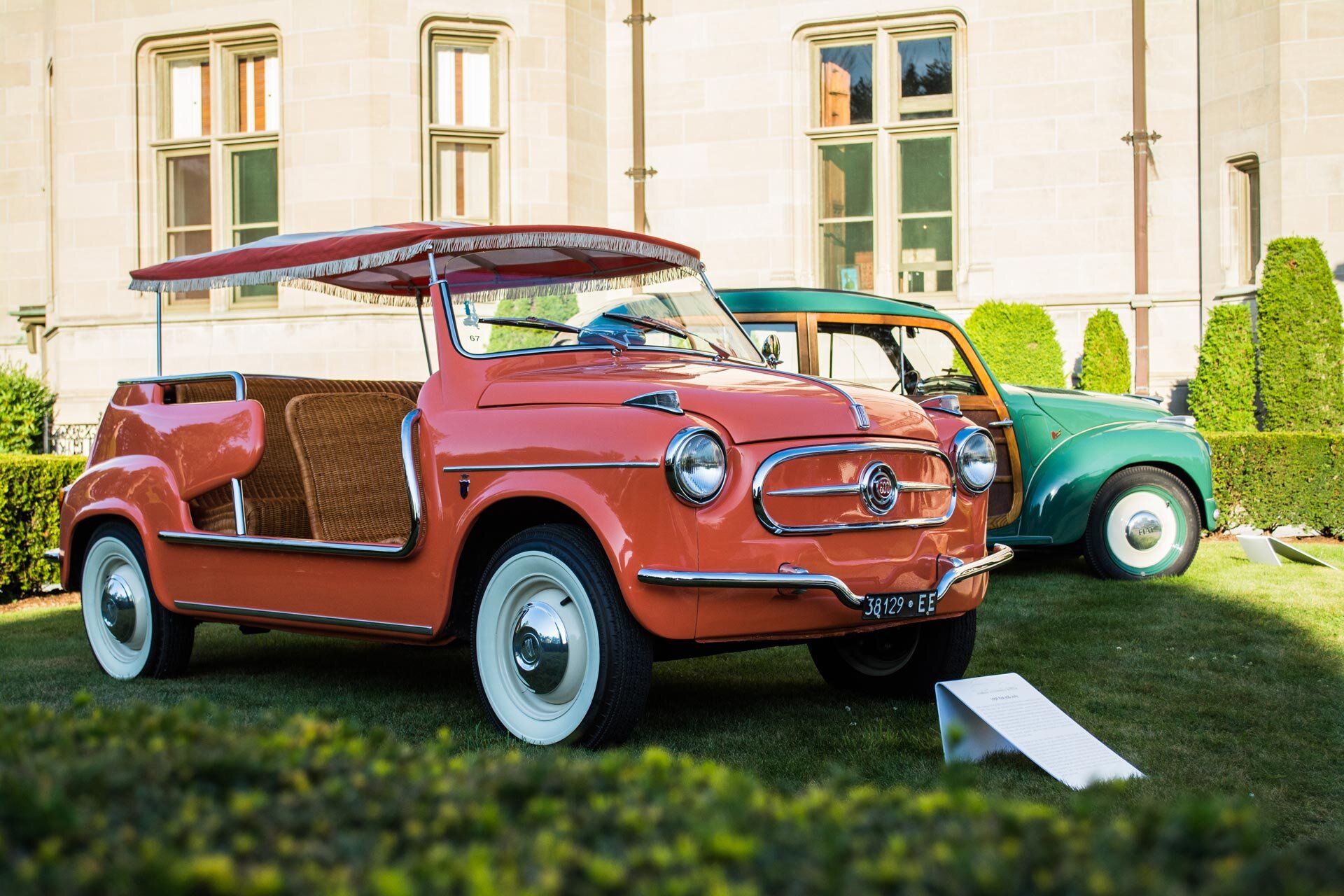1948 Tucker Model 48
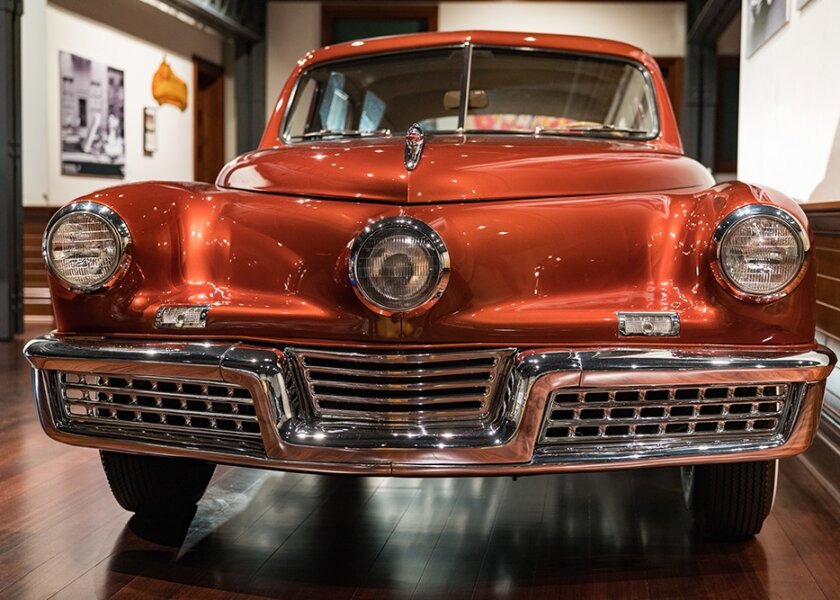
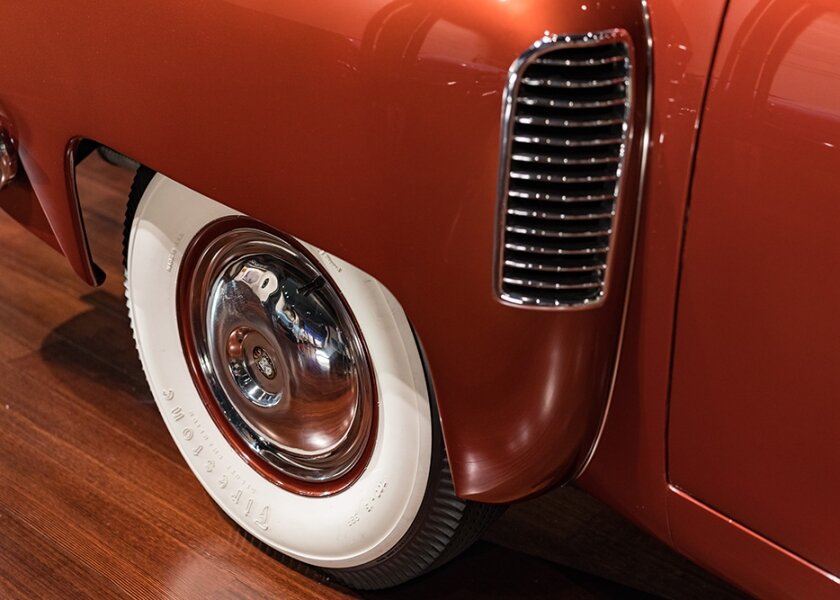
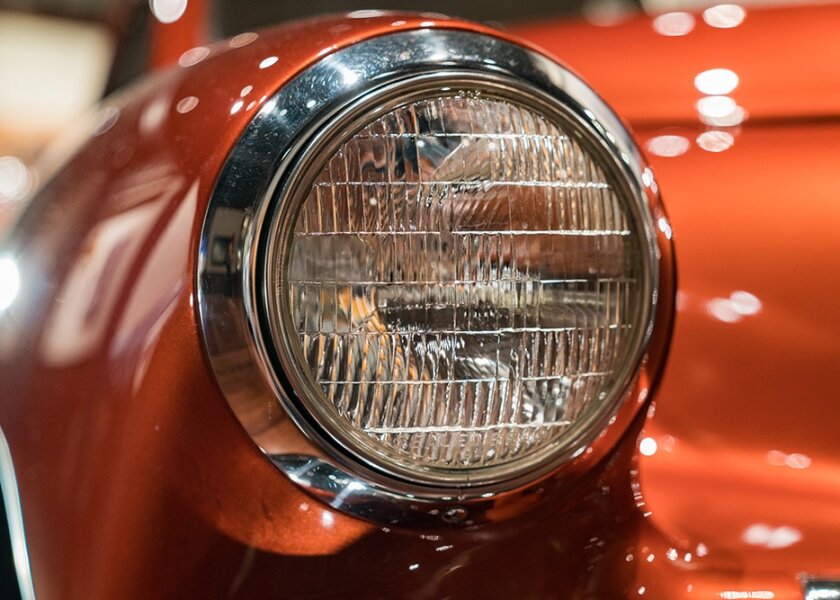
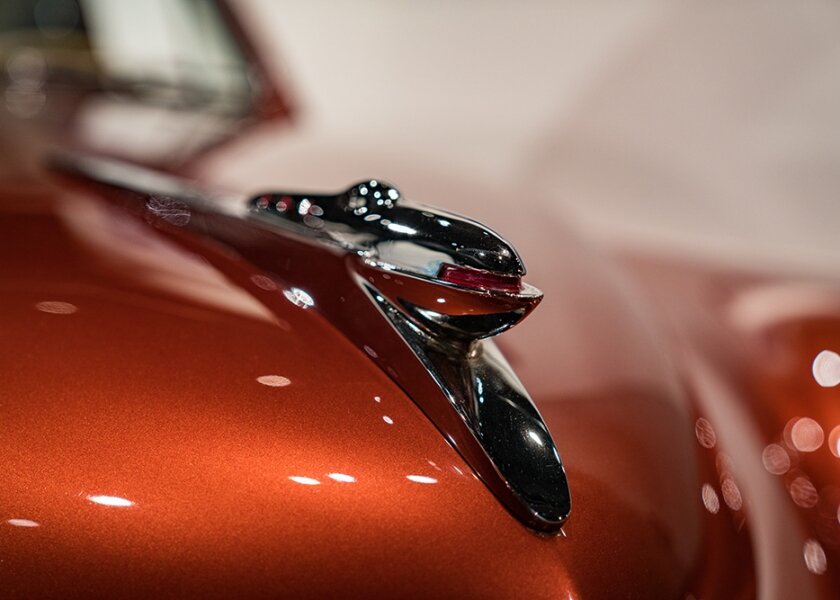
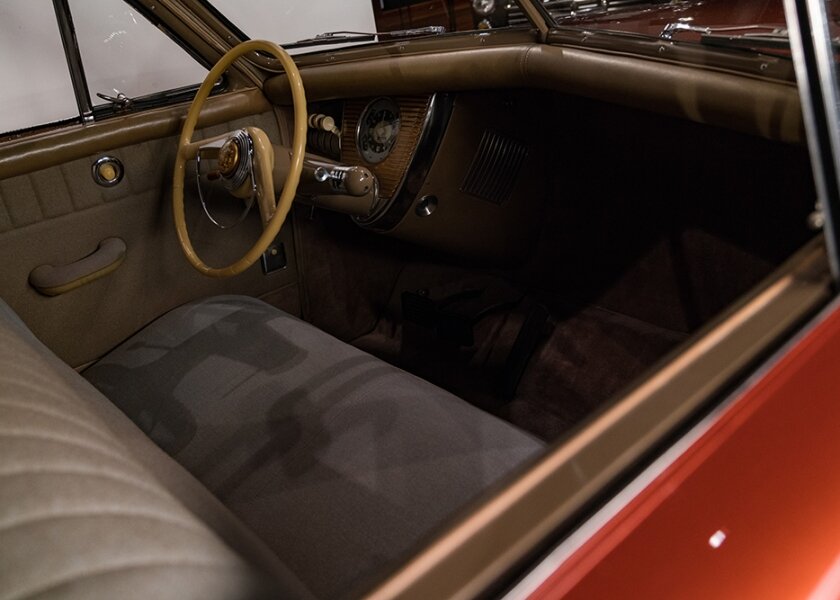
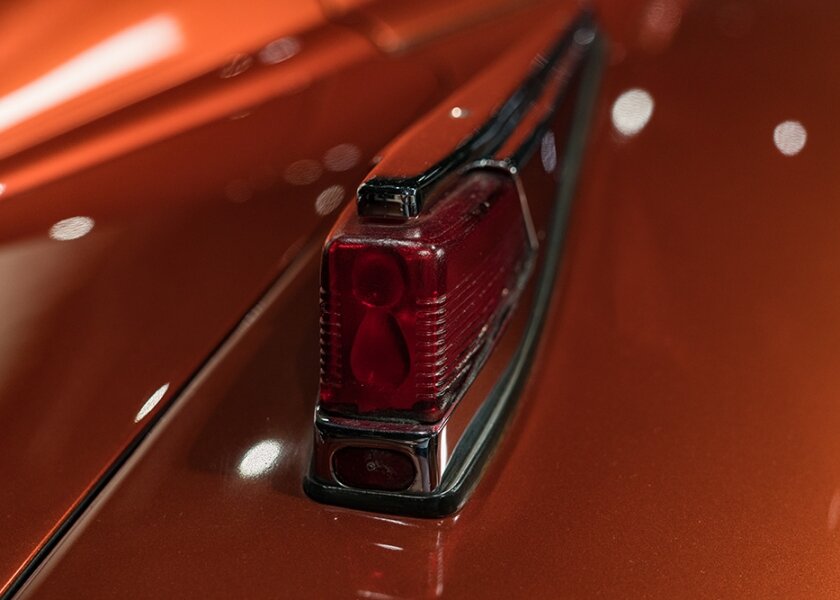
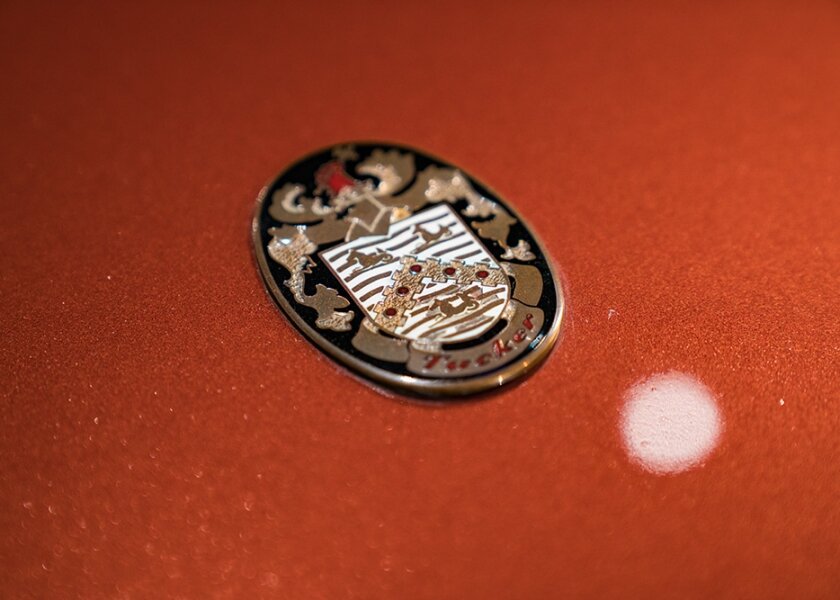
Specifications
Engine: H-6 (horizontally opposed)
Displacement: 335 cu. in./5.48 L
Horsepower: 166 hp
Transmission: Tucker “Y-1” 4-speed pre-selector
A Little History
At the end of World War II, the “big three” car manufacturers, Ford, Chevrolet, and General Motors, were not putting out any newly designed models due to using their resources to fund war efforts. This allowed for many of the smaller, lesser-known makers a chance to make a name for themselves. When Preston Tucker created the Tucker Car Corporation in the mid 1940s, he had high hopes of bringing in a new age of automobiles.
The first design sketches of the Tucker 48 appeared in a December, 1946 issue of Science Illustrated alongside a photo of a 1/8 scale model blown up to appear full size. Though it was only a nod to what would soon become a reality, the public was very excited about the impending Tucker sedan. Tucker brought on a host of famed designers and engineers, including Alex Tremulis, previously of Auburn Automobile Company, to help bring the car to life in a very short period of time.
All 51 of the Tuckers ever produced were hand-built in Tucker’s factory in Chicago, and ready for sale in the 1948 model year. Sadly, despite the incredible amount of excitement following the development of this new company, Tucker Car Corporation closed its doors forever on March 3, 1949, just two years after production of the sedan began. Tucker Car Corporation was very publicly investigated by the SEC for stock fraud in 1948, which lead to an equally publicized trial. The company was fully acquitted not long after the investigation began, but the negative backlash from the public scared most of Tucker’s investors out of the business.
The Design:
The Tucker 48 was considered to be a technological marvel at the time, and referred to as the “car of tomorrow” by Preston Tucker himself. It featured many revolutionary safety features that hadn’t been seen before. These included a windshield that would entirely pop out in an accident so as not to shatter all over the passengers, a large space in place of the front dash where the passengers could conceivably duck into during an accident, and a center-mounted headlight that rotates with the front wheels to provide better visibility.
This chassis, according to reports and an inventory taken at the factory just before its closure, actually left the factory without a transmission. It was sold at auction in 1950 to a St. Louis-area collector, where it was finally outfitted with a transmission in the early 50s. Though the metallic bronze-colored paint is from an older aesthetic restoration, the interior broadcloth, dashboard switchgear, and Kaiser-sourced door handles are believed to be the 1948 originals.
Did you know?
Of the 51 total chassis finished, ours is 1 of 12 to be painted Maroon.
This is the 2nd to last Tucker ever made.
There are only 1,914 miles on this car. Based on mileage reports from all the documented sales of this car, they are believed to be the original miles.













